Home>Garden Essentials>How To Grow Nectarine From Seed


Garden Essentials
How To Grow Nectarine From Seed
Modified: March 15, 2024
Learn how to grow nectarine from seed in your garden and enjoy delicious homegrown fruit. Follow our step-by-step guide for successful cultivation.
(Many of the links in this article redirect to a specific reviewed product. Your purchase of these products through affiliate links helps to generate commission for Storables.com, at no extra cost. Learn more)
Introduction
Growing nectarine trees from seed can be a rewarding and fulfilling experience. Not only do they produce delicious and juicy fruits, but they also add beauty and charm to any garden or landscape. While it may seem like a daunting task, with the right knowledge and proper care, anyone can successfully grow a nectarine tree from seed.
Before we embark on this horticultural journey, it’s important to note that growing nectarine trees from seed may result in variations in fruit quality and characteristics. This is due to the fact that nectarine trees are often grafted onto rootstock to ensure consistent fruit production. Nevertheless, growing nectarines from seed allows you to witness the magic of nature as the seed transforms into a thriving tree.
In this guide, we will take you through the step-by-step process of growing a nectarine tree from seed, from selecting the right seed to harvesting your very own homegrown nectarines. So, roll up your sleeves, put on your gardening gloves, and let’s get started!
Key Takeaways:
- Growing nectarine trees from seed is a rewarding journey that requires patience and care, leading to the joy of harvesting and enjoying homegrown nectarines.
- By following the step-by-step process, providing optimal growing conditions, and nurturing the seedling, anyone can successfully grow a thriving nectarine tree from seed.
Read more: How To Start A Nectarine Tree From Seed
Step 1: Selecting a Mature Nectarine Seed
The first step in growing a nectarine tree from seed is to select a mature nectarine seed. It’s important to choose a seed from a nectarine fruit that is fully ripe and at its peak quality. This ensures that the seed is viable and has the potential to germinate.
When selecting a nectarine fruit, look for one that is firm yet slightly soft to the touch. Avoid fruits with any signs of mold, damage, or decay. The best time to harvest nectarine seeds is when the fruit is fully ripe and ready to be enjoyed. This ensures that the seed inside is mature and capable of germination.
To extract the seed from the nectarine fruit, carefully cut the fruit in half using a sharp knife. Gently remove the seed from the flesh, being careful not to damage it. You can also eat the delicious nectarine flesh while saving the seed for planting.
After extracting the seed, rinse it under running water to remove any residual fruit flesh. Then, place the seed on a paper towel and pat it dry. It’s important to handle the seed with care, as any damage can affect its germination success.
Tips:
- Choose a nectarine variety that is well-adapted to your climate and growing conditions.
- Consider saving seeds from nectarines that have exceptional flavor or desirable traits.
- If you don’t have access to a mature nectarine fruit, you can try purchasing seeds from a reputable supplier or online store.
Once you have selected a mature nectarine seed, you are ready to move on to the next step: preparing the seed for planting.
Step 2: Preparing the Seed
Preparing the nectarine seed for planting is an essential step to improve its chances of successful germination. By properly preparing the seed, you create an environment that promotes optimal germination and growth.
First, it’s important to note that nectarine seeds have a hard outer shell that can be challenging for water and nutrients to penetrate. Therefore, it’s necessary to break down this hard shell to encourage germination.
One method to prepare the seed is through scarification. Gently rub the seed using sandpaper or an emery board, focusing on one side of the seed. This process helps to create tiny abrasions on the seed’s outer coat, allowing moisture and nutrients to enter more easily.
Another method to assist in seed germination is soaking the seed in water overnight. Place the prepared nectarine seed in a container of room temperature water and let it soak for about 12 to 24 hours. This soaking process helps to soften the seed coat and improve its ability to absorb water.
After soaking, carefully drain the water from the container and transfer the seed to a damp paper towel. Fold the paper towel around the seed, ensuring it remains moist but not soaking wet. Place the paper towel with the seed in a plastic bag or airtight container and store it in a warm location, such as a kitchen cabinet or a seedling heat mat. The warmth encourages the seed to sprout.
Tips:
- Do not skip the scarification process, as it significantly increases the chances of successful germination.
- Use caution when handling the seed during scarification to prevent any damage.
- Ensure the seed remains moist throughout the entire preparation process to prevent it from drying out.
Once you have prepared the nectarine seed, it’s time to move on to the stratification process. This step simulates the natural winter dormancy period and helps to break seed dormancy, promoting healthy growth.
Step 3: Stratification Process
The stratification process is a crucial step in successfully growing a nectarine tree from seed. It mimics the natural conditions that a seed would experience during the winter months, which helps to break seed dormancy and promote germination and healthy growth.
To stratify the nectarine seed, you will need a damp medium such as vermiculite, perlite, or peat moss. Fill a sealable plastic bag or a small container with the damp medium, ensuring it is moist but not waterlogged.
Place the prepared nectarine seed on top of the damp medium in the bag or container, making sure it is in contact with the medium. Seal the bag or container to create a moist and enclosed environment for the seed. Label the bag or container with the date to keep track of the stratification period.
The stratification period for nectarine seeds typically ranges from 60 to 90 days. During this time, it’s important to provide a consistent temperature between 32°F (0°C) and 40°F (4°C). You can achieve this by placing the bag or container in the refrigerator. Avoid placing it in the freezer, as extremely low temperatures can damage the seed.
Periodically check on the seed to ensure the medium remains damp. If it starts to dry out, lightly mist it with water or add a few drops to maintain moisture levels. Avoid overwatering, as excessive moisture can lead to fungal growth or rot.
Tips:
- Labeling the bag or container with the date helps you keep track of the stratification period and ensures you don’t miss the optimal planting time.
- Consider placing the bag or container in a separate section of the fridge away from fruits and vegetables to avoid exposure to ethylene gas, which can inhibit germination.
- If you do not have access to a refrigerator, you can simulate stratification by placing the seed in damp vermiculite or peat moss in a sealed plastic bag and burying it in a cold spot outdoors.
After the recommended stratification period has passed, you are ready to move on to the exciting step of planting the nectarine seed and witnessing its journey to becoming a thriving seedling.
Step 4: Planting the Nectarine Seed
Now that you have successfully stratified the nectarine seed and it’s ready for planting, it’s time to give it a new home in the soil. Planting the seed correctly is crucial for providing it with the necessary nutrients and conditions to germinate and grow into a healthy nectarine tree.
Start by selecting a suitable container or seedling tray with drainage holes. Fill the container with a well-draining potting mix or a combination of regular soil and organic matter such as compost or aged manure. The potting mix should be loose and rich in nutrients.
Make a small indentation in the center of the soil, about one inch deep. Place the nectarine seed in the indentation with the scarified side facing down. Gently cover the seed with soil, ensuring it is loosely packed around the seed.
Water the soil lightly to moisten it, careful not to overwater and create waterlogging conditions. Keep the soil consistently moist but not soggy throughout the germination period. You can mist the soil surface or use a spray bottle to water it gently.
Place the container in a warm spot with indirect sunlight. The ideal temperature for germination is around 70°F (21°C). You can also cover the container with plastic wrap or a clear plastic dome to create a mini-greenhouse effect, which helps to retain moisture and warmth.
Tips:
- Avoid using garden soil for planting as it may contain pests, diseases, or be too compacted for successful seed germination.
- Consider using a heat mat to provide consistent bottom heat, which can enhance germination rates.
- Label the container with the date and seed variety to keep track of the germination process.
With the seed planted and the conditions set, it’s time to patiently wait for the magic of life to unfold. Nectarine seeds typically take anywhere from 2 to 8 weeks to germinate, depending on various factors such as temperature and seed viability.
Once the seed sprouts and the seedling emerges, it’s important to provide the optimal growing conditions for its continued development. In the next step, we will discuss how to provide the ideal environment for your nectarine seedling.
Read more: How To Grow Wisteria From Seeds
Step 5: Providing the Optimal Growing Conditions
As your nectarine seedling emerges and begins its journey towards becoming a mature tree, it requires specific growing conditions to thrive. By providing the optimal environment, you will help ensure its healthy growth and fruit production in the future.
1. Sunlight: Nectarine trees thrive in full sunlight, so it’s essential to place your seedling in a location that receives at least 6-8 hours of direct sunlight each day. This will promote strong growth and maximize fruit production.
2. Soil: Nectarine trees prefer well-draining soil that is rich in organic matter. Ensure the soil is loose and fertile, with a pH level between 6 and 7. If your soil is heavy or compacted, consider adding compost or aged manure to improve its structure and nutrient content.
3. Watering: Adequate and consistent watering is crucial for the healthy development of your nectarine seedling. Water deeply and thoroughly when the top inch of soil feels dry to the touch, but be careful not to overwater as it can lead to root rot. Regularly monitor the moisture levels in the soil and adjust your watering frequency based on the climate and weather conditions.
4. Temperature: Nectarine trees thrive in moderate climates, but specific temperature requirements may vary depending on the variety. Generally, they prefer temperatures between 60°F (15°C) and 85°F (29°C). Protect young seedlings from frost and extreme temperatures by covering them with blankets or bringing them indoors during harsh weather conditions.
5. Wind Protection: Strong winds can damage young nectarine seedlings and hinder their growth. Consider providing windbreaks such as fences or planting them in a location shielded from strong gusts. This will protect the seedling and promote healthy growth.
6. Spacing: When planting your nectarine seedling in the ground, make sure to provide ample spacing between other trees or structures. This allows sufficient room for the tree to grow and ensures proper air circulation, reducing the risk of diseases.
7. Mulching: Applying a layer of organic mulch around the base of your nectarine tree helps retain moisture, suppress weeds, and regulate soil temperature. Use materials such as wood chips, straw, or shredded leaves and keep the mulch a few inches away from the trunk to prevent rotting.
By providing these optimal growing conditions, you will set the stage for your nectarine seedling to flourish and develop into a beautiful and fruitful tree. In the next step, we will explore how to nurture and care for your growing seedling.
To grow a nectarine from seed, first remove the seed from a ripe nectarine. Then, plant the seed in well-draining soil and keep it consistently moist. Place the pot in a sunny spot and wait for the seed to germinate.
Step 6: Nurturing the Seedling
As your nectarine seedling continues to grow, it will require nurturing and care to ensure its healthy development into a strong and productive tree. By providing proper attention and following essential practices, you can help your seedling thrive and become a robust nectarine tree.
1. Regular Monitoring: Keep a close eye on your seedling and monitor its growth regularly. Check for any signs of pests, diseases, or nutritional deficiencies. Promptly address any issues that arise to prevent them from impacting the health of your seedling.
2. Pruning: Pruning helps shape the growth of your nectarine tree and promotes better air circulation and light penetration. Start pruning during the first year to establish the desired framework of the tree. Remove any damaged, diseased, or crossing branches. Prune in late winter or early spring before new growth begins.
3. Lateral Branch Training: Train your nectarine tree to develop strong lateral branches that can support fruit production. Use stakes or gentle ties to guide the branches outward and encourage horizontal growth. This will help distribute energy evenly and promote fruiting along the branches.
4. Pest and Disease Control: Nectarine trees can be prone to pests like aphids, scale insects, and fruit flies. Regularly inspect your tree for signs of infestation and take appropriate measures to control these pests. Similarly, watch for any signs of diseases like peach leaf curl or brown rot, and treat them accordingly with organic or chemical remedies.
5. Weed Control: Keep the area around your nectarine tree free from weeds that can compete for resources and provide a hiding place for pests. Regularly remove any weeds that may emerge and consider adding mulch to suppress weed growth.
6. Support and Stake: If your seedling is tall and prone to bending or toppling over, provide support by using stakes or tree ties. This will keep the seedling upright and prevent it from getting damaged by strong winds or heavy rain.
7. Regular Feeding: Nectarine trees require proper nutrition to grow and produce high-quality fruits. Apply balanced organic fertilizer or a slow-release fertilizer formulated for fruit trees in early spring and again in late summer. Follow the manufacturer’s instructions for application rates.
By nurturing your nectarine seedling and providing the necessary care, you help lay the groundwork for its future growth and fruit production. In the next step, we will discuss how to transplant your seedling into a larger container as it outgrows its current space.
Step 7: Transplanting the Seedling into a Larger Container
As your nectarine seedling continues to grow, it will eventually outgrow its initial container. Transplanting it into a larger container is necessary to provide enough space for the roots to develop and support the healthy growth of the tree. Here’s how to transplant your nectarine seedling into a larger container:
1. Choose the Right Size Container: Select a container that is at least 18-24 inches (45-60 cm) in diameter and has drainage holes at the bottom. Ensure the container is made of durable material, such as plastic or terracotta, that can withstand outdoor conditions.
2. Prepare the New Container: Fill the new container with a well-draining potting mix, leaving enough space at the top for watering. You can also add some organic matter, such as compost or aged manure, to enrich the soil and provide essential nutrients.
3. Water the Seedling: Before transplanting, water the seedling thoroughly to ensure the root ball is moist. This will minimize stress during the transplanting process and help the roots settle into the new container more easily.
4. Gently Remove the Seedling: Carefully remove the seedling from its current container by holding the base of the plant while supporting the soil around the roots. Avoid pulling on the stem or damaging the delicate roots.
5. Planting in the New Container: Create a small hole in the center of the new container’s soil. Place the seedling in the hole, ensuring that the base of the stem sits at the same level as it did in the previous container. Gently backfill the hole with soil, pressing it lightly around the root ball to secure the seedling.
6. Water and Mulch: After transplanting, give the seedling a thorough watering to settle the soil and remove any air pockets around the roots. Apply a layer of organic mulch around the base of the seedling, leaving a small gap around the stem to prevent rot.
7. Provide Adequate Care: Place the newly transplanted seedling in a location with full sunlight and continue to provide proper care, including regular watering, fertilizing, monitoring for pests and diseases, and pruning as needed.
Remember, transplant shock is common after moving a seedling to a new container. The seedling may show some signs of stress, such as wilting or temporary slower growth. However, with time and proper care, it will recover and thrive in its new home.
By transplanting your nectarine seedling into a larger container, you give it the space it needs to grow and develop into a robust tree. In the next step, we will discuss the importance of pruning and shaping the nectarine tree for optimal growth.
Step 8: Pruning and Shaping the Nectarine Tree
Pruning and shaping your nectarine tree is essential for its overall health, structure, and optimal fruit production. Pruning helps maintain the tree’s shape, stimulate new growth, improve air circulation, and remove any damaged or diseased branches. Here’s how to prune and shape your nectarine tree:
1. Timing: The best time to prune your nectarine tree is during its dormant period, which is in late winter or early spring before new growth begins. Pruning during this time reduces the risk of disease transmission and minimizes stress on the tree.
2. Remove the Three D’s: Start by identifying any diseased, damaged, or dead branches (the three D’s) and remove them completely. These branches can serve as entry points for pests and can hinder the overall health of the tree.
3. Open Up the Center: Nectarine trees benefit from an open center or vase-like shape to allow sunlight to reach all parts of the tree. Identify any branches that are growing towards the center and remove them. This opens up the tree’s canopy and improves air circulation, reducing the risk of diseases such as peach leaf curl.
4. Thin Out Overcrowded Branches: If you notice branches that are overly crowded or crossing each other, selectively thin them out. Remove branches that are growing parallel to one another or those that are weak and unlikely to produce good fruit. Aim for an even distribution of branches throughout the tree.
5. Prune Suckers and Watersprouts: Suckers are shoots that emerge from the base of the tree, while watersprouts grow vertically from the branches. These growths divert energy from the main tree and should be pruned close to the trunk or main branch to prevent them from dominating the tree’s resources.
6. Shape the Tree: As your nectarine tree grows, shape it by pruning to encourage strong lateral branches. Train the main branches to grow outward and aim for an open and balanced structure. This helps distribute energy evenly and promotes better fruit development.
7. Use Proper Tools: Ensure you have sharp and clean pruning tools, such as pruning shears or loppers, to make clean cuts. Disinfect your tools between cuts, especially if you are dealing with diseased branches, to prevent the spread of diseases.
Remember, less is often more when it comes to pruning nectarine trees. Avoid over-pruning, as this can weaken the tree and reduce its overall productivity. Take your time, step back frequently to assess the tree’s shape, and make strategic cuts to maintain a healthy and well-shaped nectarine tree.
In the next step, we will discuss the importance of fertilizing and watering your nectarine tree for optimal growth and fruit production.
Read more: How To Grow Rosemary From Seeds
Step 9: Fertilizing and Watering the Tree
Fertilizing and watering are crucial components of caring for your nectarine tree to ensure its healthy growth, development, and optimal fruit production. Here’s how to properly fertilize and water your nectarine tree:
1. Fertilizing:
- Timing: Fertilize your nectarine tree in early spring before new growth occurs and again in late summer to provide additional nutrients for fruit development.
- Fertilizer Selection: Choose a balanced, slow-release fertilizer specifically formulated for fruit trees. Look for one with a ratio such as 10-10-10 or 14-14-14, which represents the percentages of nitrogen (N), phosphorus (P), and potassium (K) respectively.
- Application: Follow the manufacturer’s instructions for the recommended application rates. Spread the fertilizer evenly around the drip line, avoiding direct contact with the trunk. Water the area thoroughly after application to help the nutrients penetrate the root zone.
- Organic Alternatives: If you prefer an organic approach, you can use compost, aged manure, or organic fertilizers. Apply them in a similar manner, ensuring even distribution and thorough watering afterwards.
2. Watering:
- Consistency and Timing: Water your nectarine tree regularly, especially during dry periods or when rainfall is inadequate. Aim to keep the soil evenly moist, but not waterlogged, at all times.
- Deep Watering: Provide deep watering by saturating the soil around the root zone. Water the tree at a slow rate, allowing the water to penetrate deep into the soil. This encourages the roots to grow deep and develop a strong foundation.
- Frequency: Adjust the frequency of watering based on weather conditions and the tree’s needs. Generally, water once or twice a week, increasing the frequency during hot, dry weather.
- Mulching: Apply a layer of organic mulch around the base of the tree, leaving a small gap around the trunk. Mulch helps retain moisture, regulate soil temperature, and suppress weed growth. It also reduces evaporation and conserves water.
Regularly monitor the moisture levels of the soil by checking the top few inches. If it feels dry to the touch, it’s time to water your nectarine tree. Adjust your watering schedule as needed based on local climate conditions and the specific requirements of your tree.
By providing proper fertilization and regular watering, you will ensure that your nectarine tree receives the essential nutrients and moisture necessary for healthy growth, strong root development, and bountiful fruit production.
In the final step, we will discuss the exciting moment of harvesting and enjoying your homegrown nectarines.
Step 10: Harvesting and Enjoying Your Homegrown Nectarines
The ultimate reward of growing a nectarine tree from seed is the joy of harvesting and indulging in your homegrown nectarines. Here’s everything you need to know about when and how to harvest your precious fruits:
1. Timing:
Harvesting nectarines requires patience as the fruits need time to fully ripen on the tree. The exact timing can vary depending on the specific nectarine variety and local climate conditions. Generally, nectarines are ready to harvest when they reach their full color, develop a sweet aroma, and slightly soften to the touch.
2. Visual Signs:
Look for visual cues to determine if your nectarines are ripe for harvesting. They should have vibrant color, depending on the variety, ranging from yellow to red hues. The fruit’s skin should appear smooth and free from blemishes or wrinkles, indicating its readiness for picking.
3. Gentle Handling:
When harvesting nectarines, take care to handle the fruit delicately. Gently cup the fruit in your hand and twist it gently, applying a slight upward motion. If the fruit doesn’t easily detach from the stem, it may need a bit more time to ripen. Avoid forcefully pulling the fruit to prevent damage to the tree or immature fruits.
4. Storage:
Once harvested, nectarines are best enjoyed fresh. However, if you have an abundant harvest, you can store them for a short time. Place ripe nectarines in the refrigerator to prolong their shelf life. They can stay fresh for up to a week in the fridge.
5. Culinary Delights:
Now comes the exciting part—enjoying the fruits of your labor! Nectarines can be enjoyed in various ways, both raw and cooked. Bite into a ripe nectarine to experience its juicy sweetness or incorporate it into fruit salads, desserts, smoothies, or preserves. Grilling or poaching nectarines can enhance their flavor and create delicious culinary delights.
6. Saving Seeds:
If you desire to continue the cycle of growing nectarines from seed, you can save the seeds from your homegrown fruits. Rinse and dry the seeds thoroughly, store them in a cool and dry place, and sow them during the appropriate planting season for future nectarine tree endeavors.
Celebrate the fruits of your hard work and savor the delicious taste of your homegrown nectarines. The journey from seed to harvest is truly a rewarding experience that connects you to the wonders of nature and the fulfillment of growing your own fruit.
Congratulations on successfully growing a nectarine tree from seed, and may your garden continue to bloom with nature’s bounty!
Conclusion
Growing a nectarine tree from seed is a gratifying and rewarding experience that allows you to witness the miracle of nature unfold in your own garden. While the process requires time, patience, and care, the end result – delicious homegrown nectarines – makes it all worthwhile.
Throughout this guide, we covered the step-by-step journey of cultivating a nectarine tree from selecting a mature seed to enjoying the delectable fruits. We discussed the importance of preparing the seed, stratification, planting, providing optimal growing conditions, nurturing the seedling, transplanting, pruning and shaping, fertilizing, watering, and finally, the moment of harvesting and savoring your homegrown nectarines.
By following these steps and incorporating your dedication and gardening skills, you have the ability to create a thriving nectarine tree and enjoy the fruits of your labor. Along the way, you may encounter challenges, learn valuable lessons, and adapt to the unique characteristics of your tree. Remember to be patient, observe your tree’s needs, and adjust your care accordingly.
Gardening is a journey of continuous learning and experimentation, but the rewards go far beyond the delicious fruits. Tending to a nectarine tree connects you to nature, provides a sense of accomplishment, and enhances your appreciation for the wonders of the natural world. It allows you to create a personal oasis in your backyard, fostering a deeper connection with the environment.
Whether you choose to grow nectarines for their delectable taste, the aesthetic beauty they add to your garden, or simply for the joy of nurturing a living organism, the experience is truly special. The act of planting a seed, nurturing it, witnessing its growth, and finally harvesting the fruits is a testament to the miracle of life and the resilience of nature.
So, gather your gardening tools, put on your gloves, and embark on the rewarding adventure of growing a nectarine tree from seed. With dedication, love, and attention, you can transform a tiny seed into a flourishing tree that not only offers sweet and juicy nectarines but also serves as a symbol of your green thumb and connection to the natural world.
Happy gardening and enjoy the bountiful harvest of your homegrown nectarines!
Frequently Asked Questions about How To Grow Nectarine From Seed
Was this page helpful?
At Storables.com, we guarantee accurate and reliable information. Our content, validated by Expert Board Contributors, is crafted following stringent Editorial Policies. We're committed to providing you with well-researched, expert-backed insights for all your informational needs.
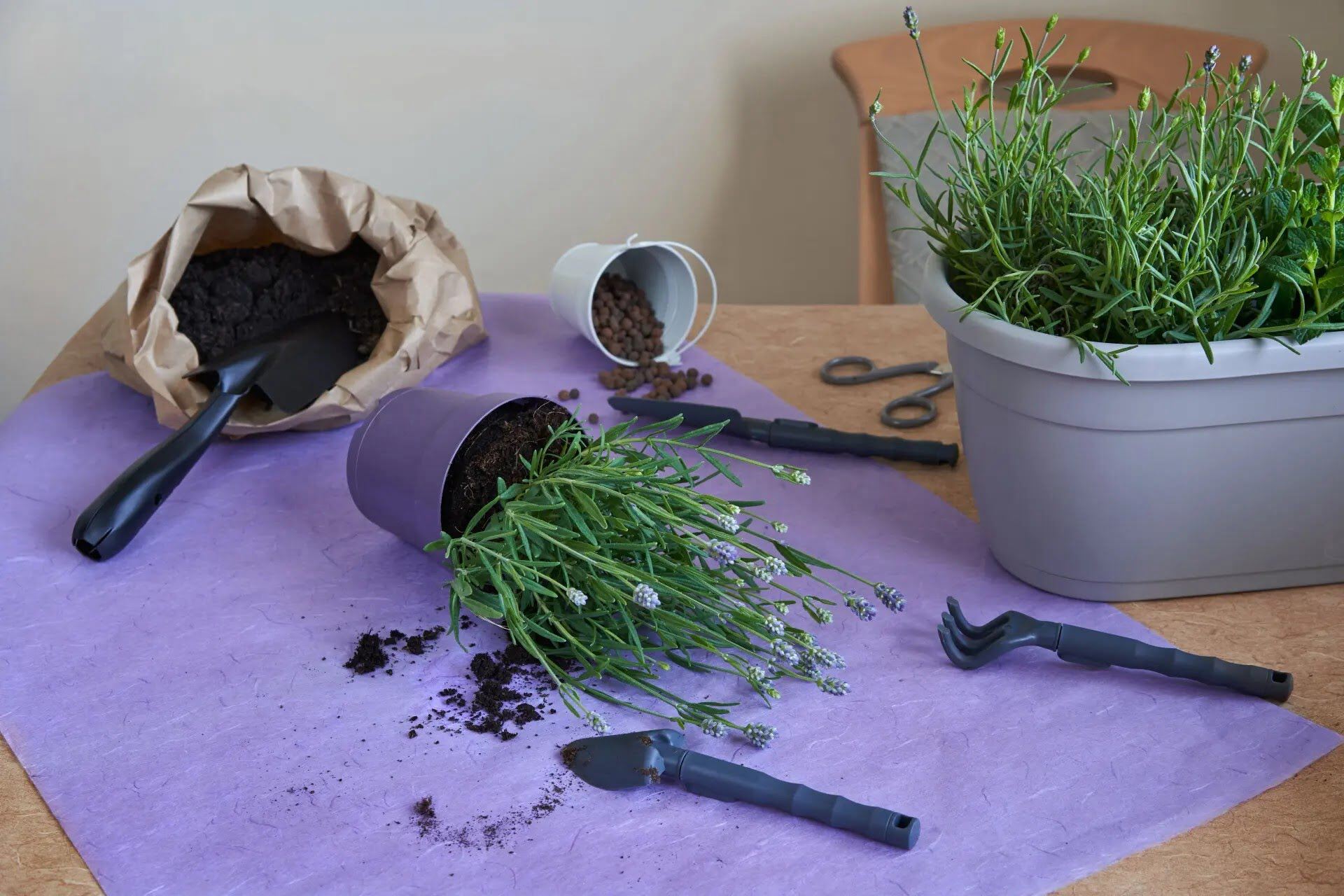
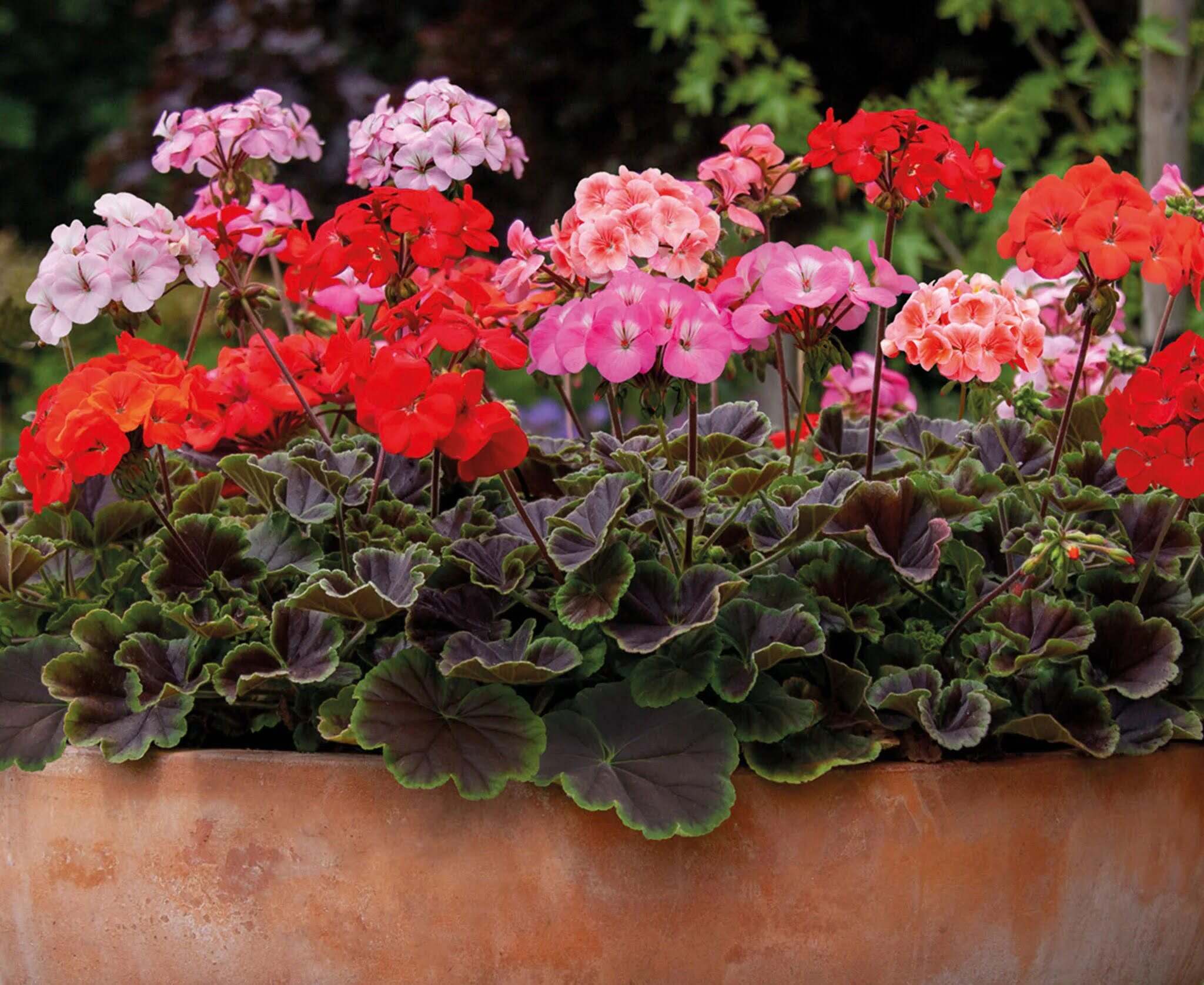
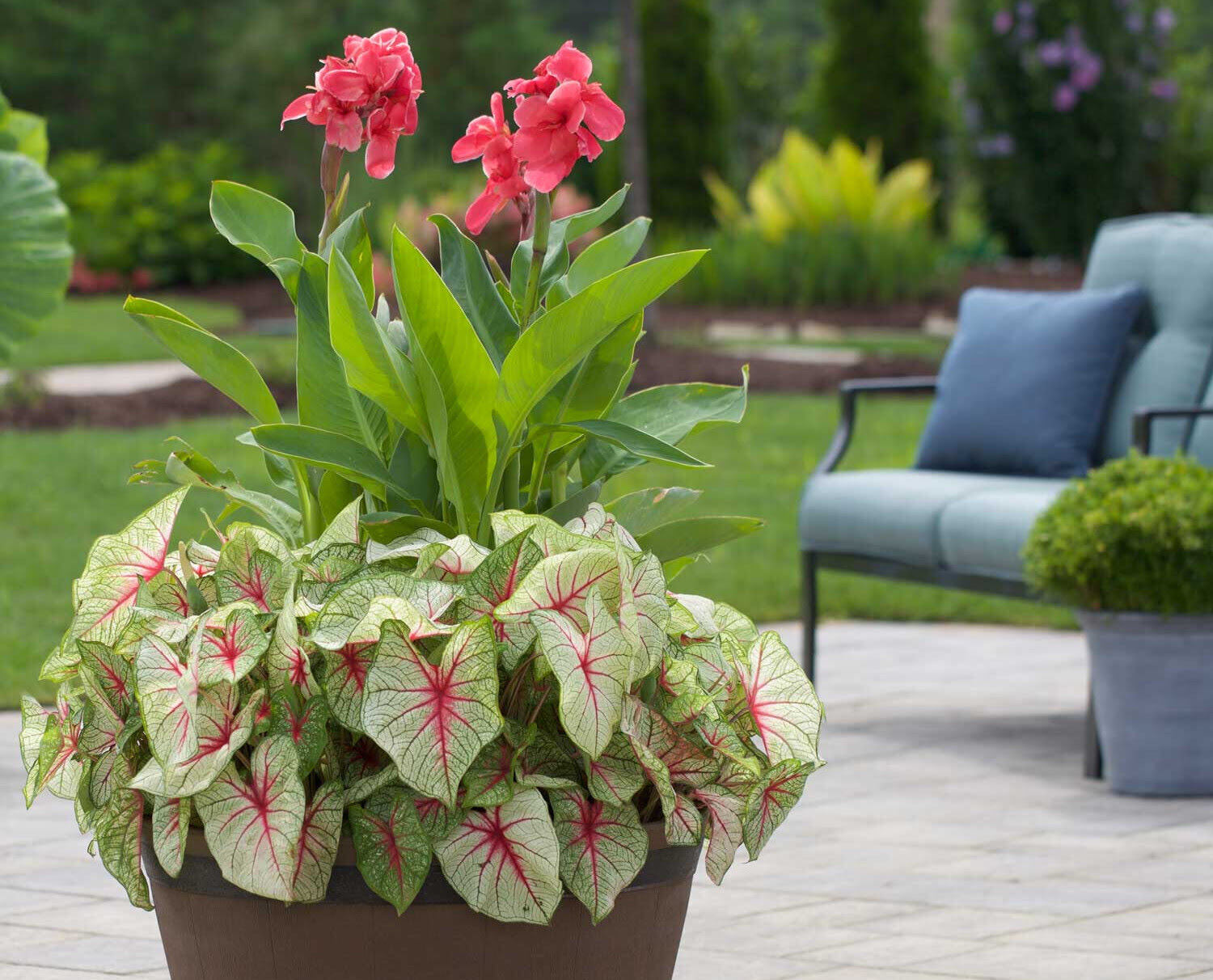
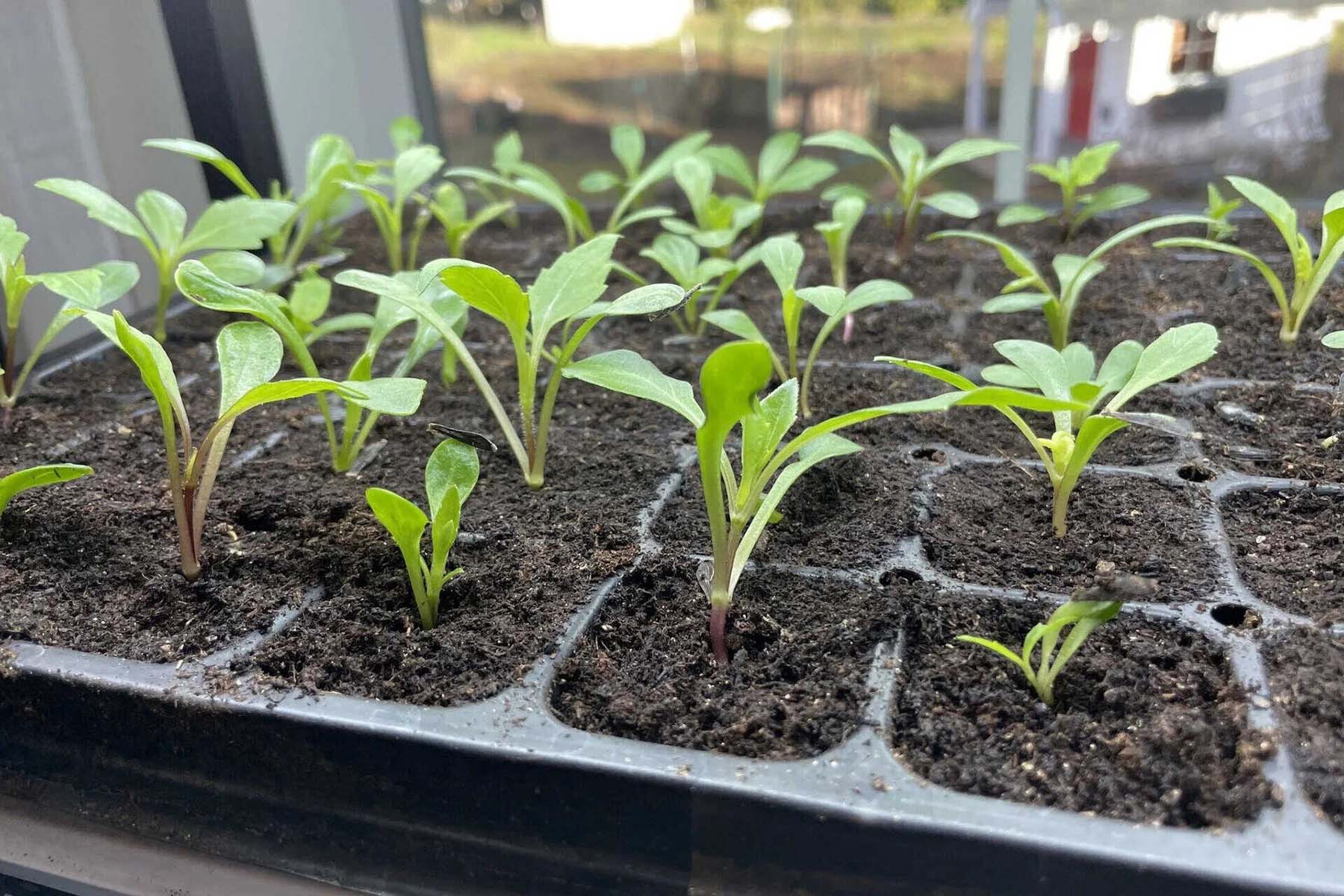
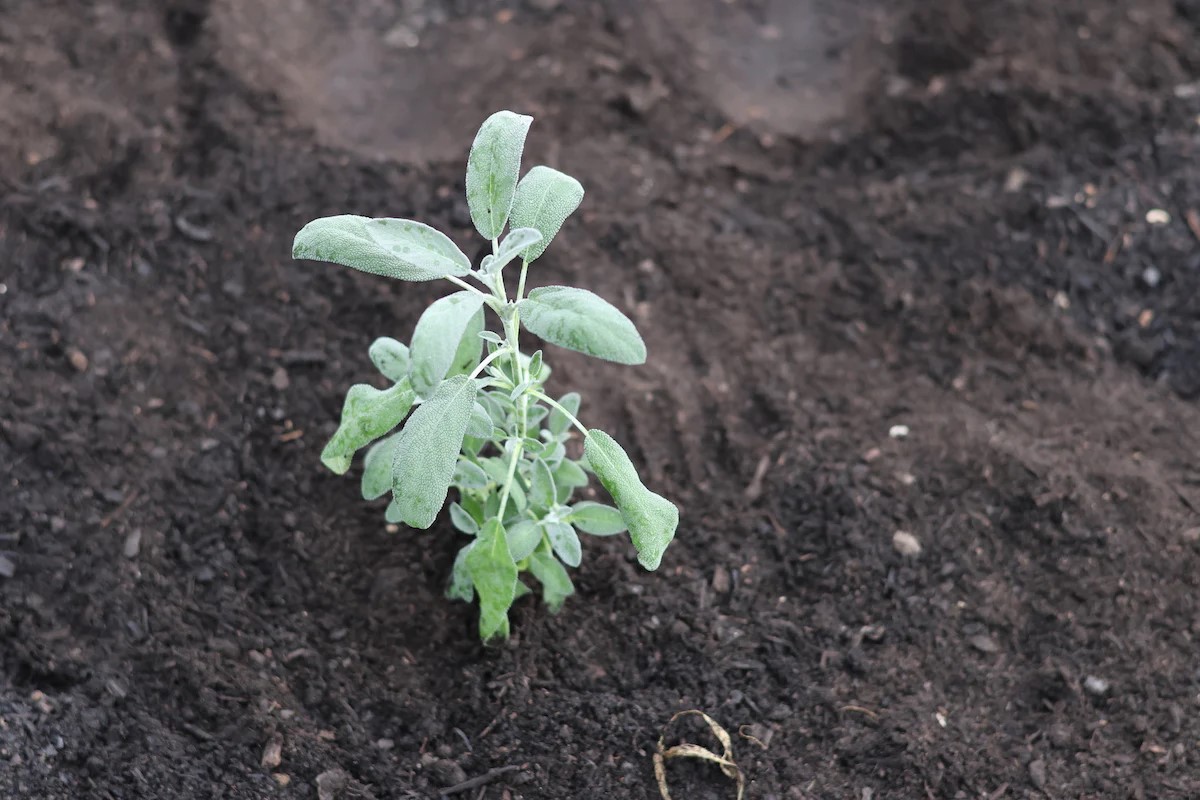
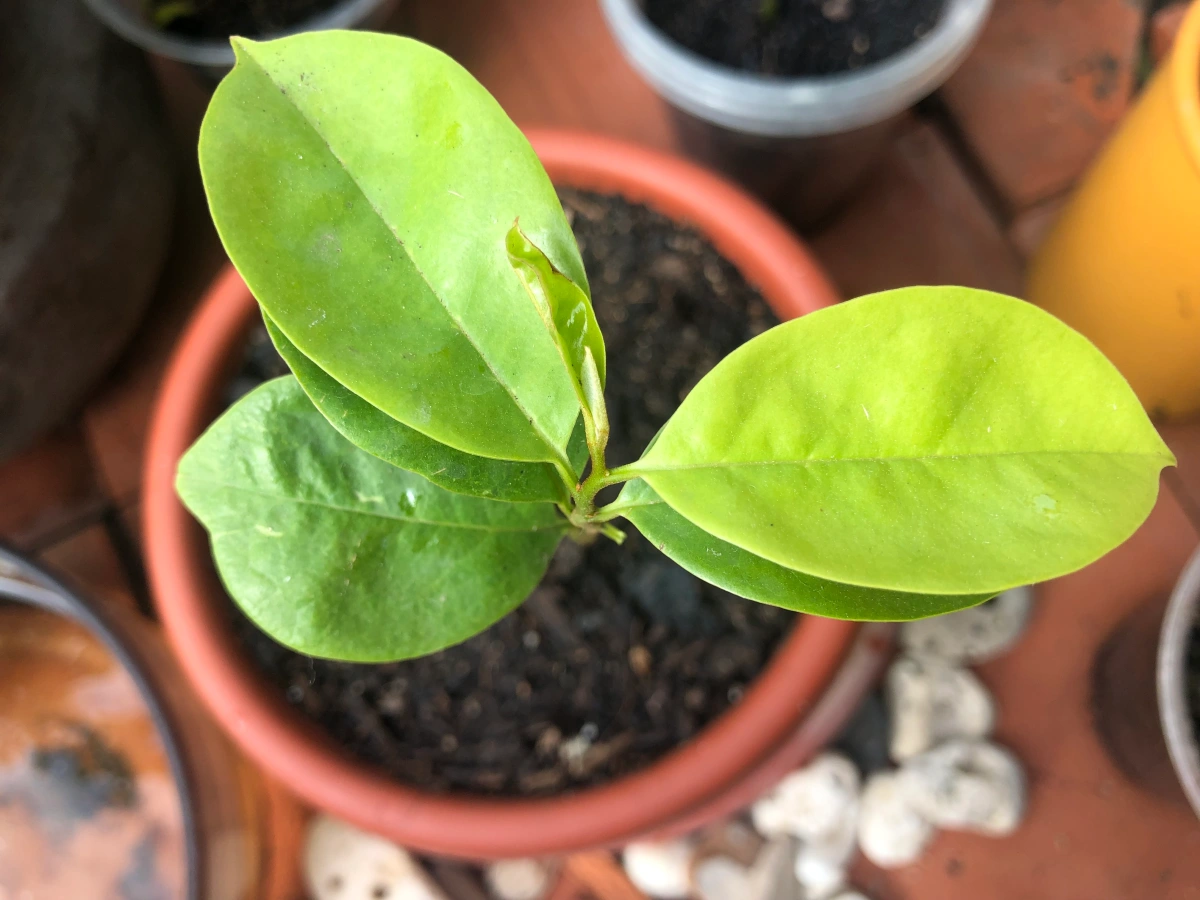
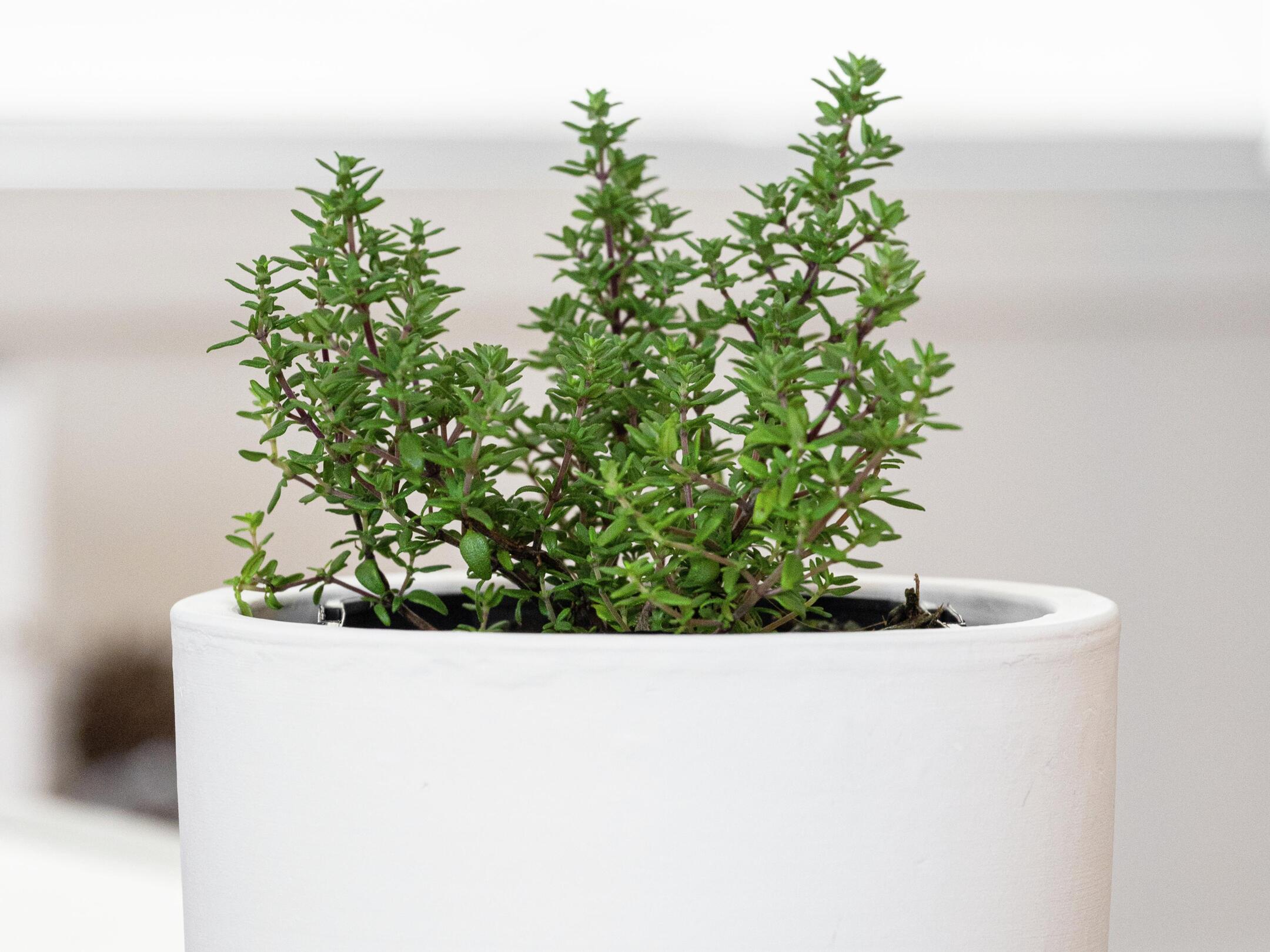
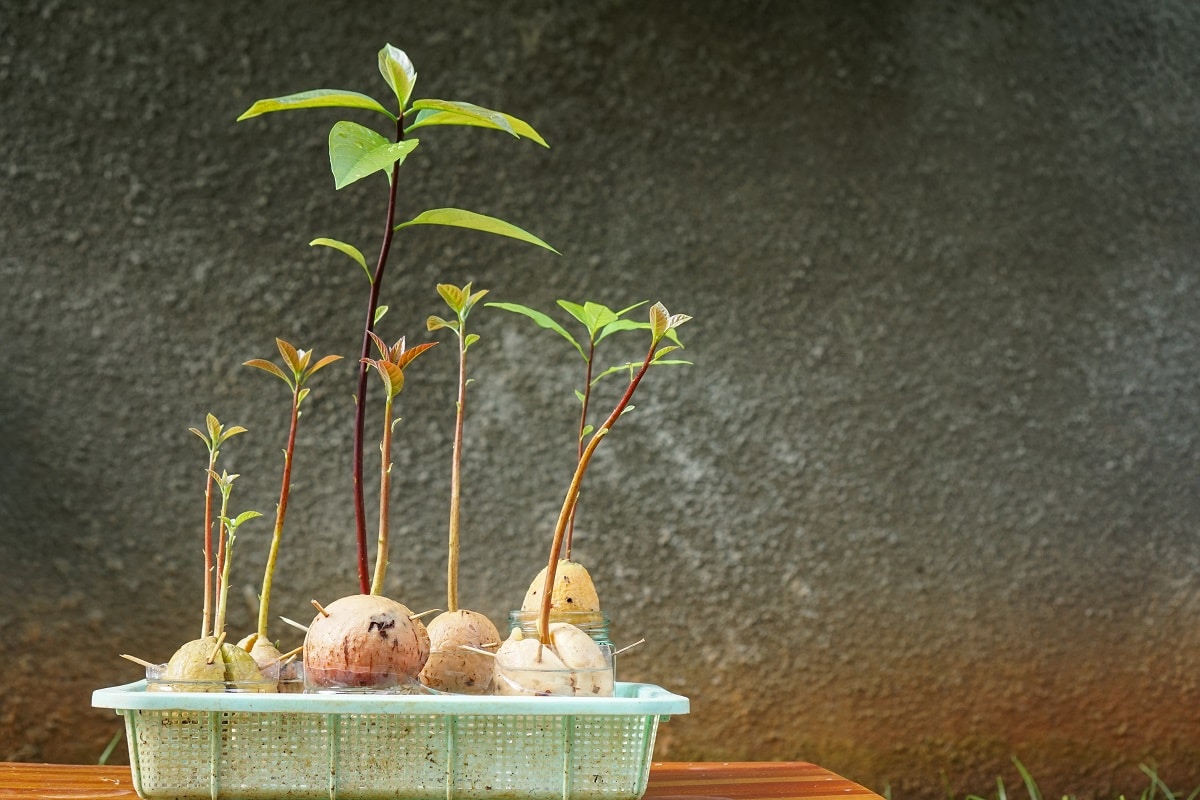
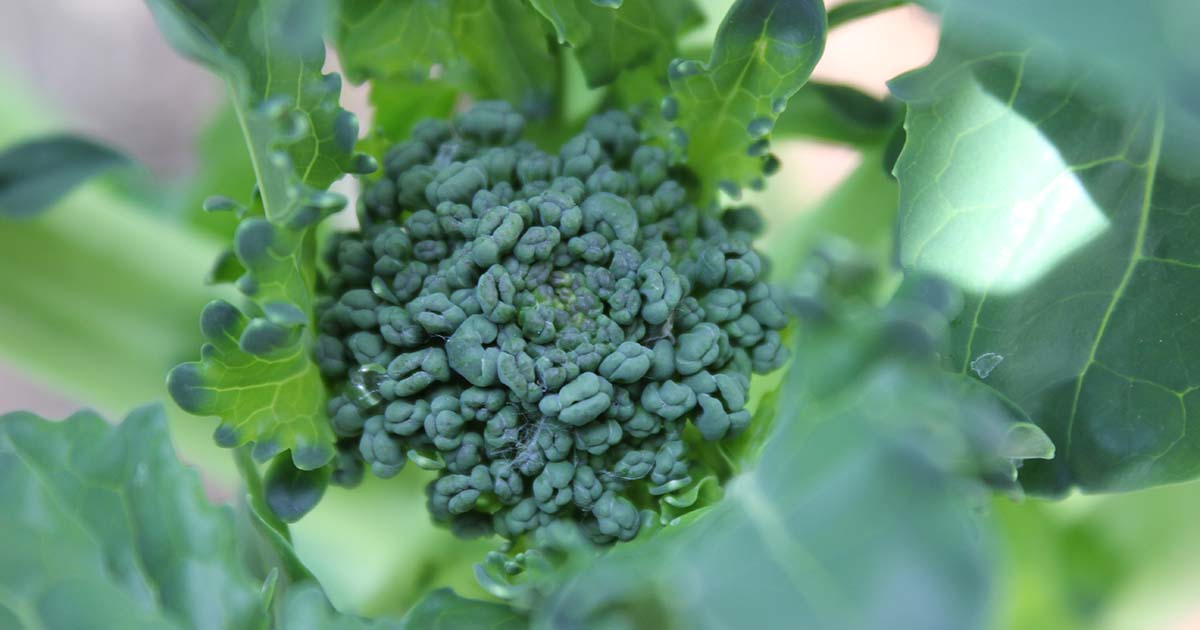
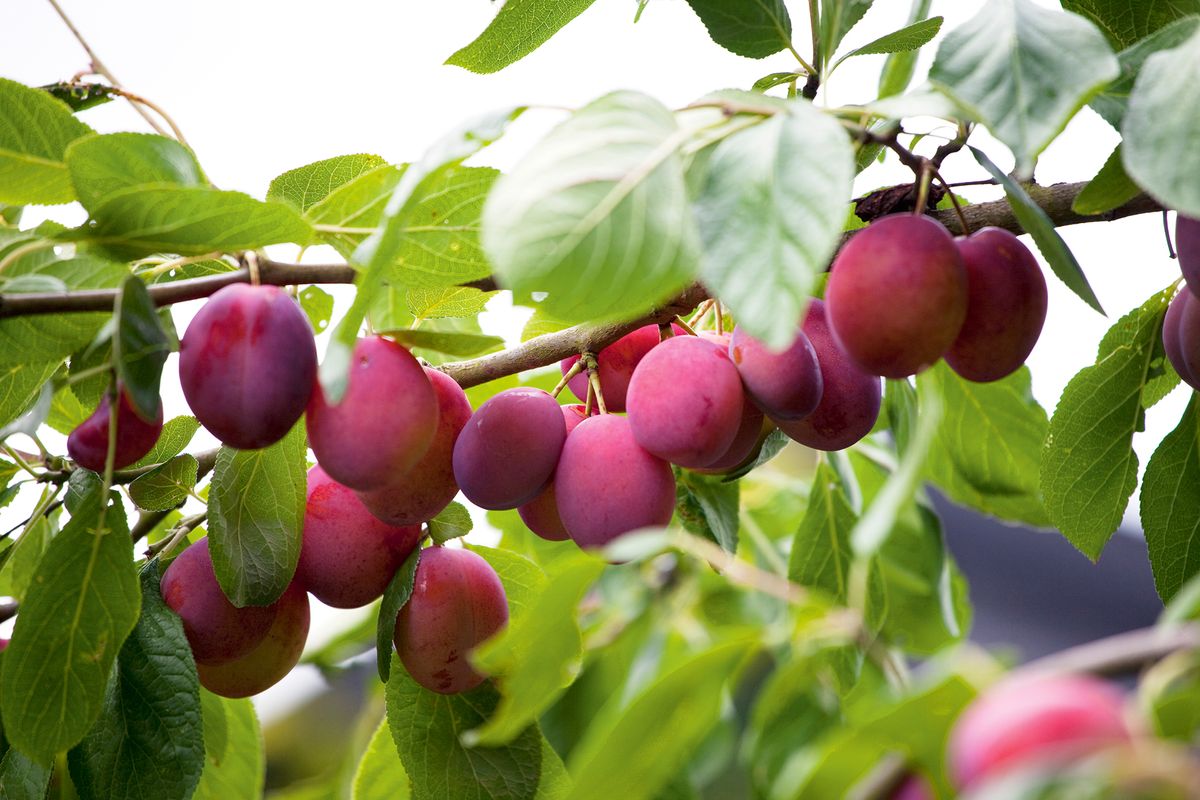
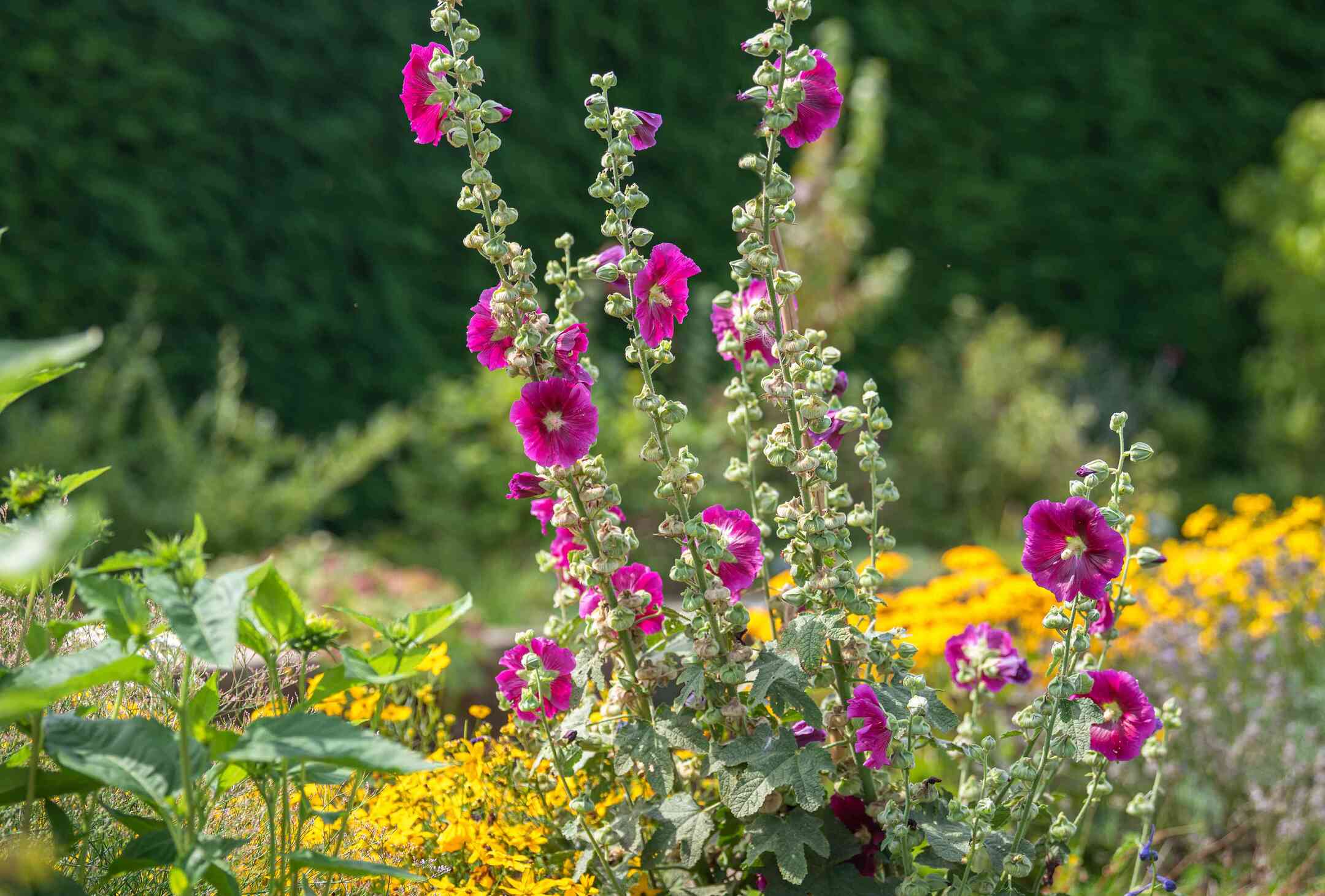
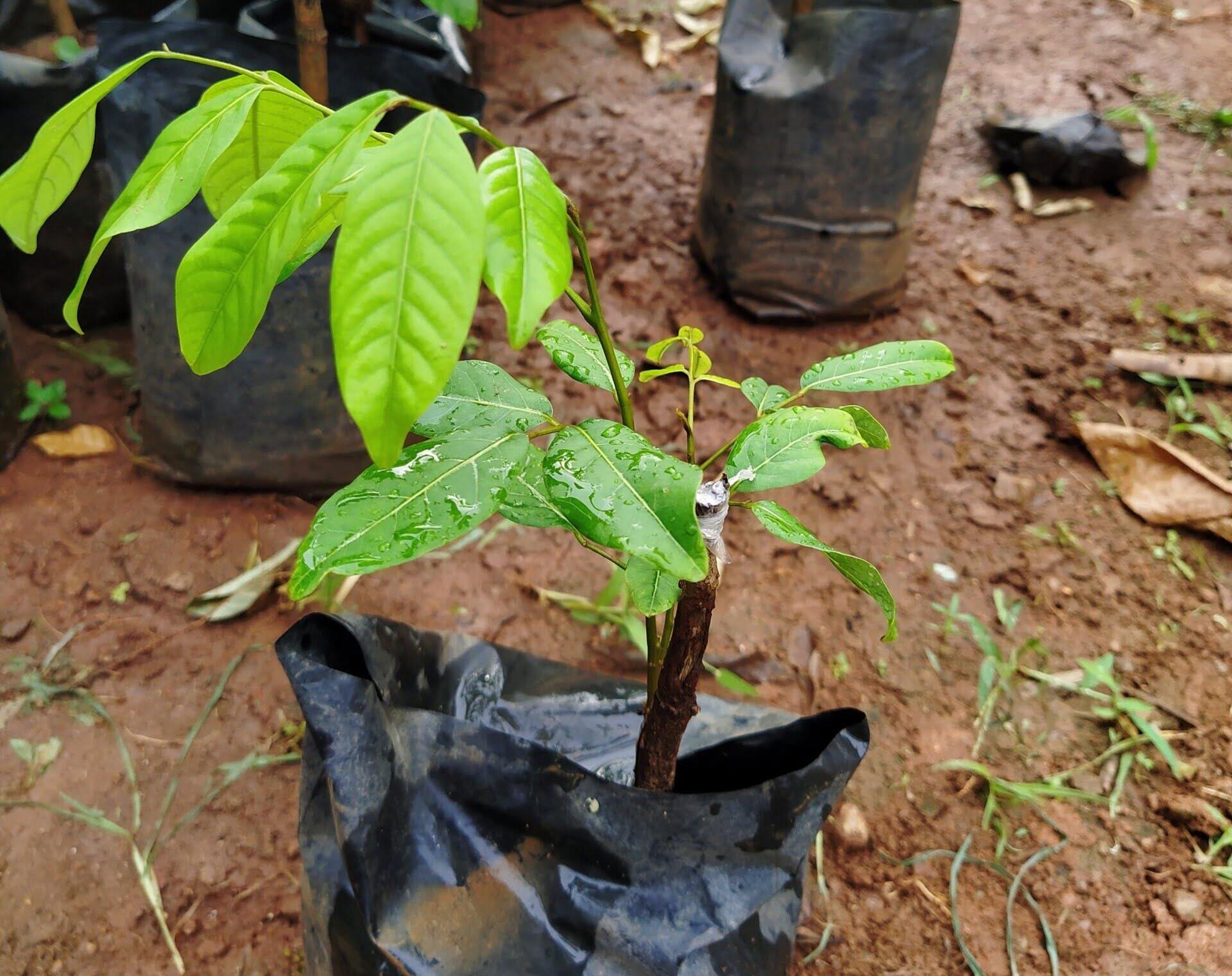
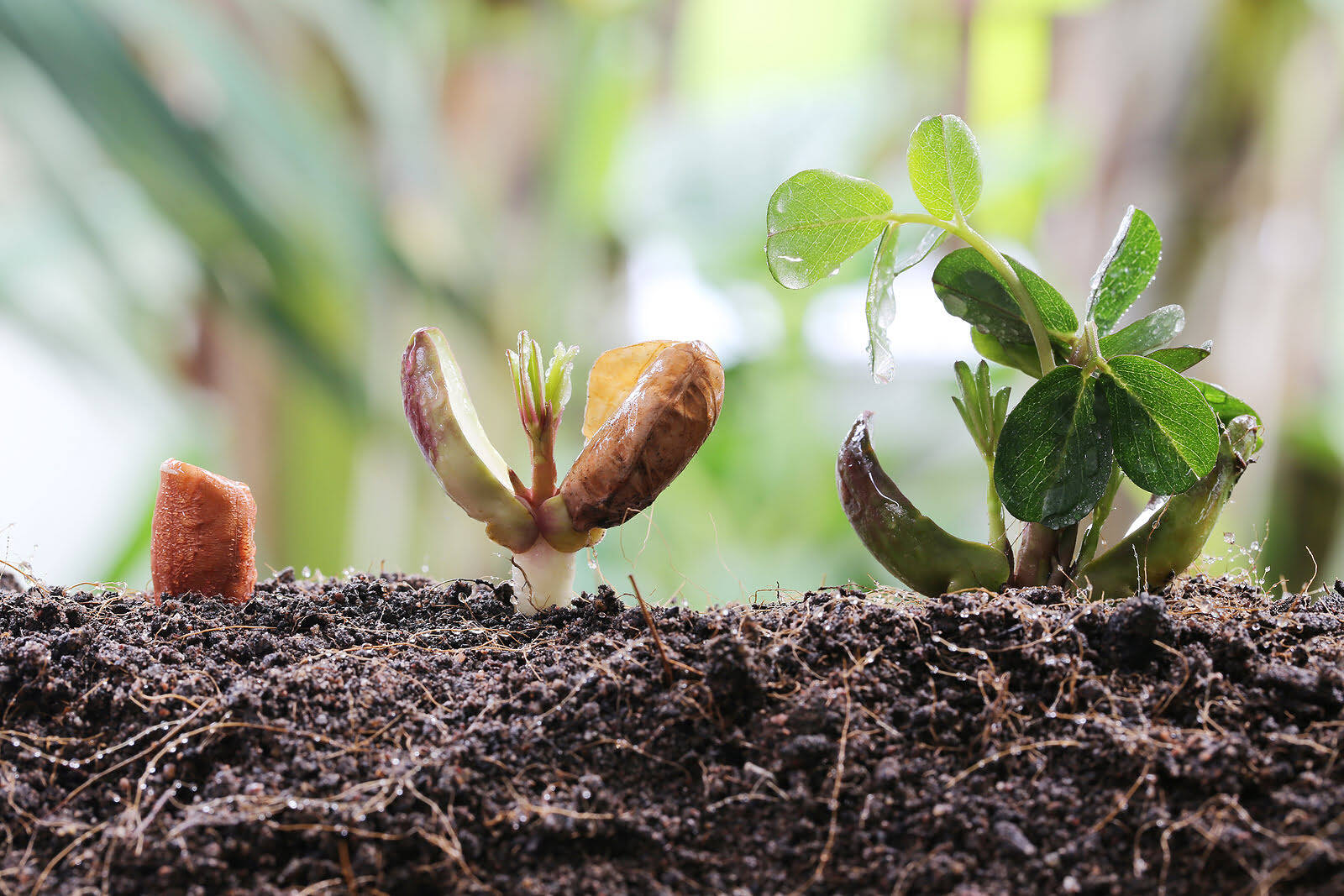

0 thoughts on “How To Grow Nectarine From Seed”